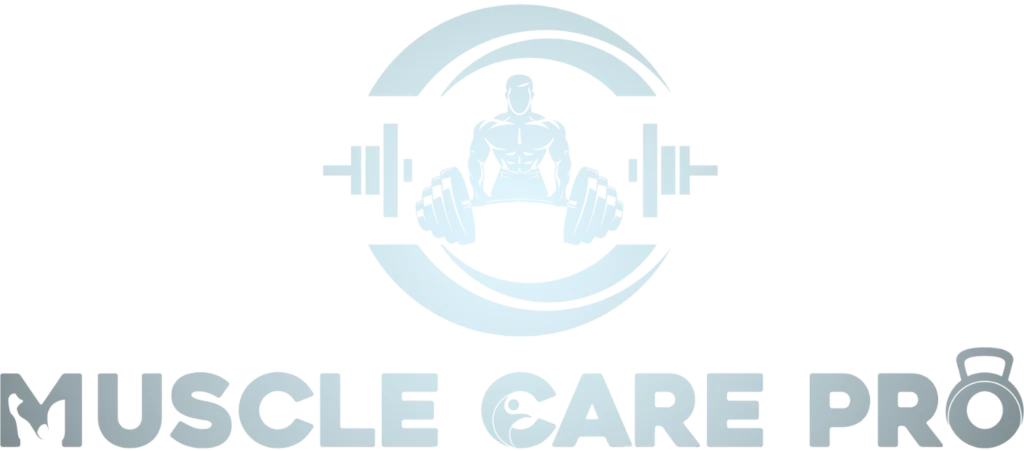How Many Calories Does One Pound of Muscle Burn?
If you gravitate towards fitness, dieting, or concerns about health, one of the pivotal issues to tackle is energy balance and its relation with muscle. This brings up the question that most people have: how many calories are there in muscle? This will be the primary focus of this article, looking closely into muscle and its contribution to calorie burning, its effects on weight loss, and the conversion of individuals’ desire to gain more muscle for their health and fitness.
The Basics of Muscle and Metabolism
What is Muscle Tissue?
The connective tissue known as muscle tissue is a distinct tissue type, the main purpose of which is to enhance and facilitate movement, motion, and stability of the organism Muscle tissues contain three types namely; striated muscle, visceral muscle, and cardiac muscle. Usually, people, in this case, the poster of this article, skeletal muscle is what most people know how to refer to the term muscle. This refers to voluntary muscles that are striated transversely. Therefore is used for motions like walking, carrying, etc., and furthermore actions such as running.
The Relationship Between Muscle and Caloric Burn
Caloric expenditure is among the roles that constitute skeletal muscle. Caloric burn by muscle mass – how many calories does 1 pound of muscle mass burn? – also entails understanding the fact that muscle tissue is always oxidized such that it consumes calories even when at rest. Calories used by the muscle tissue, which are adjusted for activity levels, help in arriving at the basal metabolic rate (BMR) of a person, which is the total number of calories expended by a person while at rest, in carrying out basic body physiological processes.
Caloric Burn from Muscle Mass
Caloric Expenditure of One Pound of Muscle
Almost everyone agrees that one pound of muscle burns approximately 6 to 10 calories a day in a resting position. This may not be the case, however, as this amount can differ from person to person depending on a variety of characteristics, including body composition, age, sex, and metabolic rate. Let us analyze how this calorie burning will be affected.
1. Individual Metabolic Rates
There are two reasons why this concept may hold true for some individuals more than others. For one, one’s metabolic rate tends to slow down with age, so a younger person may have a higher rate due to hormonal changes that favor clearance of energy as compared to an older person. This means that for individuals with a fast metabolism, the energy expenditure in maintaining one pound of muscle may be greater.
2. Age and Gender
The importance of age when it comes to muscle composition and metabolism rate is very significant. Like any aging population, muscle mass tends to decrease in individuals, resulting in lower caloric expenditure. Furthermore, there are differences in caloric expenditure between the sexes because it is typical for a male to possess more lean muscle mass than a female, resulting in a greater caloric expenditure in him than in her.
3. Overall Body Composition
A person’s total body makeup is the ratio of muscle to fat in their body and can also determine the number of calories one pound of muscle can expend. Most of the individuals with high muscle content would have a higher BMR enabling them to have a higher calorie expenditure.
Muscle vs. Fat: The Caloric Difference
When evaluating the role of muscles in burning calories, it is essential to make a close comparison of muscle with fat. For while muscle at rest consumes more calories as compared to fat which is a great deal less active metabolically. One pound of fat will burn about two to three calories on a daily basis, which leads to a major difference in calorie burn muscle-wise and fat-wise. This particular fact greatly illustrates the need to add muscle for anyone who wants to speed up their metabolic rate and help them lose weight.
Building Muscle to Increase Caloric Burn
Effective Strategies for Muscle Building
To harness the muscle-burning knives of fat, one can attempt to build as well as upkeep muscle mass through some methods.
1. Resistance Training
Resistant training is one of the most recommended methods that help in muscle growth. It may involve using weights, performing bodyweight resistance exercises, wearing bands, and others. Moreover, participating in strengthening exercises occasionally helps not just in the gaining of additional muscle but also in developing the strength and endurance of those muscles as well.
2. Proper Nutrition
Nutrition is a key factor when talking about the issues of muscle building. Since proper vegetative and muscle development will depend on protein intake and consumption, which means that every person aspiring to gain well-defined muscles should eat protein-rich food. Meats, chicken, fish, beans, and other legumes should be part of the meals. Also, the inclusion of a well-proportioned diet with healthy carbohydrate and fat sources is necessary for overall energy levels and recovery periods.
3. Sufficient Recovery Time
Muscle building transpires during periods of rest and not during the workout itself. Hence, one of the essential factors between two workouts is the recovery period which is geared towards muscle repair and growth. This encompasses getting sufficient sleep and also allowing certain muscle groups a period before putting them to work again.
The Role of Cardio in Muscle Maintenance
Even though resistance training is of utmost importance if one is to build muscles effectively, aerobic exercises also contribute to the general fitness and body composition of an individual. For instance, engaging in moderate cardiovascular activity helps to control levels of body fat which is important for general health and may improve muscle definition.
The Long-Term Benefits of Muscle Mass
Improved Metabolism
Shedding more calories can be the upshot of elevating the amount of muscle mass one carries since it causes an increase in BMR. This is more advantageous when one is trying to lose weight or keep a healthy weight.
Enhanced Functional Ability
The process of adding muscle is not only for looks purposes, it helps in developing functional capabilities as well. Muscle strength puts the individual in a position where he can better perform his daily living tasks, minimizes chances of getting injured, and may also lead to improved balance and coordination.
Support for Healthy Aging
Adapting a person’s lifestyle becomes vital especially when they age. Most individuals suffer sarcopenia, the most common condition characterized by loss of muscle, which ultimately leads to increased weakness and illness among the older population. By focusing on building muscles, it is possible to not only slow down the effects of aging but also prolong one’s lifespan.
Conclusion
In conclusion, understanding the nutrition one needs, in calories, especially concerning how many calories a pound of muscle can consume, is important for the fitness enthusiast and health practitioner. This is because muscle is an active tissue and promotes energy consumption. Metabolism can be enhanced through building muscle while properly maintaining it using resistance exercises, nutrition, and rest which in turn improves physical performance and aids in the prevention of diseases to the individual. Hence, usually, strategies to build muscles can result in appreciable effects on health and fitness.
FAQs
1. How many calories does one pound of muscle burn?
About 6 to 10 calories are burned daily for every pound of muscle at rest.
2. Can I increase my muscle mass without lifting weights?
Muscle hypertrophy caused through practicing bodyweight exercises with the help of resistance bands, and even through some types of sports, is achievable.
3. How does muscle metabolism change with age?
It is normal for people to lose some muscle mass as they age, and this might lower their basal metabolic rate and energy expenditure capacity.
4. What role does protein play in muscle growth?
In any muscle-building diet, reference to protein is significant as it serves a cardinal role in muscle recovery and development.
5. How can I maximize my muscle burn?
Incorporating resistance training practices, consuming a diet rich in protein, and allowing rest can help maximize muscle burning.











